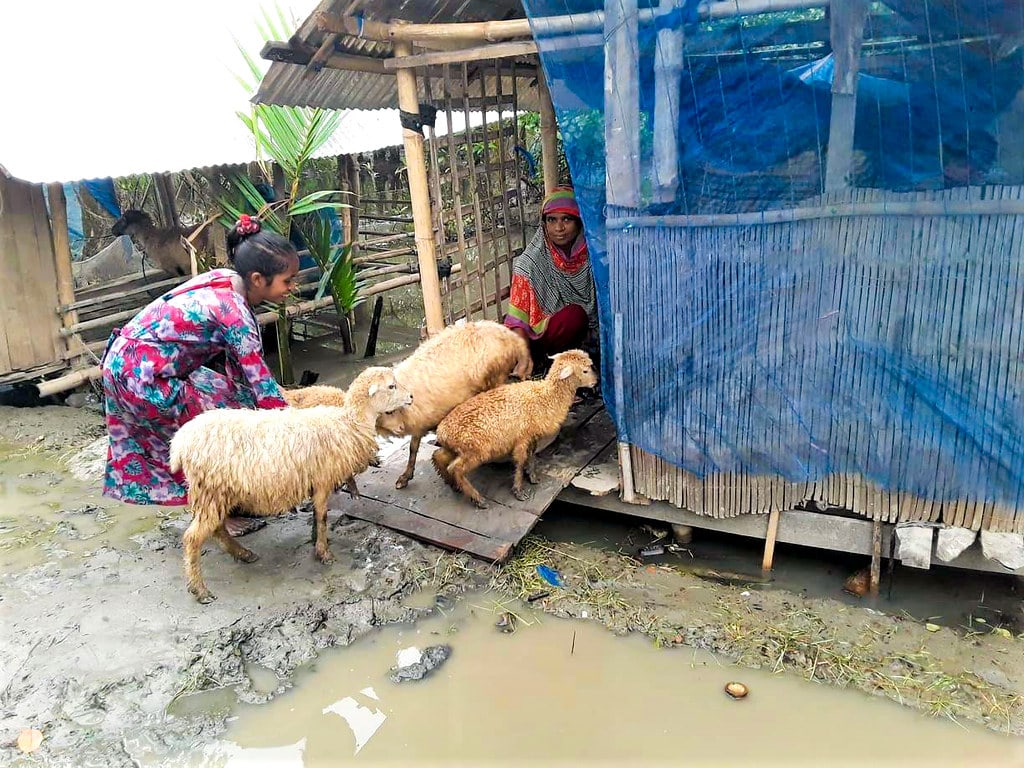Model: Rising seas may not drive population away from Bangladesh’s vulnerable coast
- From
-
Published on
03.02.21
- Impact Area

BY VALERIE MUELLER, ANDREW REID BELL AND HONOR DEARLOVE
Climate change-driven sea level rise is expected to trigger growing waves of migration away from coastal areas globally. However, our new modeling study of future migration patterns in Bangladesh’s coastal zones—among the world’s most vulnerable to rising seas—contradicts this common assumption.
Our modeling scenarios found no realistic level of flooding likely to cause enough damage to drive out-migration from Bangladesh’s coastal areas by 2100; in fact, these areas remain some of the top destinations for in-migration, due to the many non-agricultural income opportunities they offer.
The results indicate that in-migration and immobility are significant sea level rise impacts, and even lead to higher populations in some of the country’s coastal regions.
Photo credit: LoGIC Project/UNDP Bangladesh
Related news
-

How Digital Agriculture Boosts Crop Yields and Efficiency
The Alliance of Bioversity International and the International Center for Tropical Agriculture (CIAT)04.07.25-
Climate adaptation & mitigation
Digital agriculture is revolutionizing how we produce food. By integrating advanced technologies suc…
Read more -
-

Mapping for Resilience: How Spatial Data is Transforming Karamoja Cluster
Ibukun Taiwo02.07.25-
Climate adaptation & mitigation
Pastoral communities in the Karamoja Cluster (a region spanning Kenya, Uganda, South Sudan, and Ethi…
Read more -
-

Building Resilience and Regeneration: The Central Highlands Ecoregion Foodscape (CHEF)
Sehlule Muzata02.07.25-
Climate adaptation & mitigation
At the CGIAR Sustainable Farming Program (SFP), we believe that collaboration is essential for trans…
Read more -
